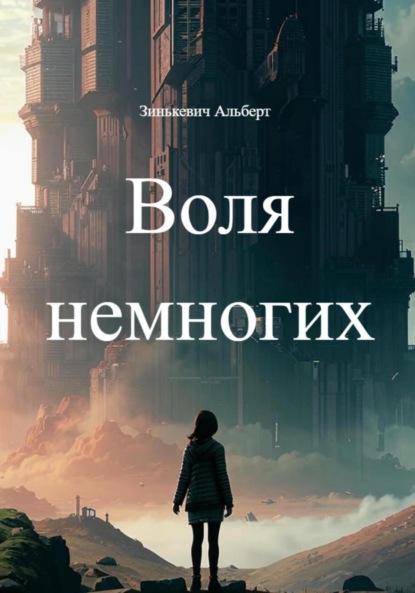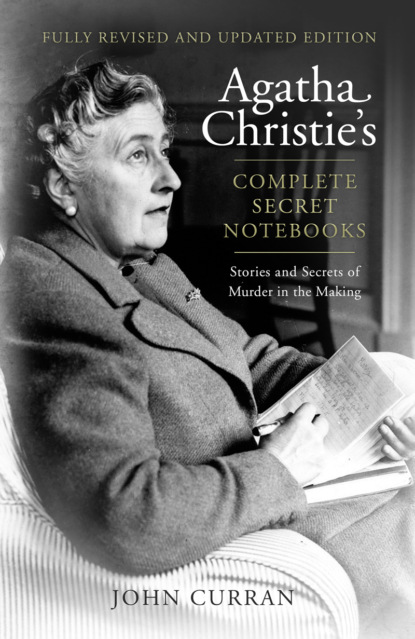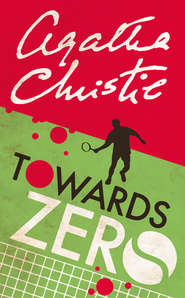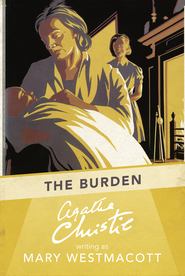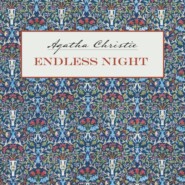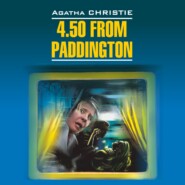По всем вопросам обращайтесь на: info@litportal.ru
(©) 2003-2025.
✖
Agatha Christie’s Complete Secret Notebooks
Настройки чтения
Размер шрифта
Высота строк
Поля
‘The Second Gong’/‘Dead Man’s Mirror’
‘Yellow Iris’/Sparkling Cyanide
‘The Incident of the Dog’s Ball’/Dumb Witness
Some stage versions differ from their source novels …
Appointment with Death presents a new villain with a compelling and daring solution.
Chimneys introduces many variations, including a new killer, on The Secret of Chimneys.
And Then There Were None unmasks the original killer within a very different finale.
Meanwhile, there are more subtle links between certain works:
The Mysterious Affair at Styles, Death on the Nile and Endless Night are all essentially the same plot.
The Man in the Brown Suit, The Murder of Roger Ackroyd and Endless Night all share a major plot device.
Evil under the Sun and The Body in the Library feature a common ploy.
After the Funeral and They Do It with Mirrors are both based on the same trick of misdirection.
Murder on the Orient Express, At Bertram’s Hotel and, to a lesser extent, The Hollow are all built on a similar foundation.
Three Act Tragedy, Death in the Clouds and The ABC Murders all conceal the killer in similar surroundings.
And there are other examples that have, thus far, escaped notice:
‘The Tuesday Night Club’/A Pocket Full of Rye
‘A Christmas Tragedy’/Evil under the Sun
‘Sing a Song of Sixpence’/Ordeal by Innocence
‘The Love Detectives’/The Murder at the Vicarage
The ABC of Murder
One system of creation that Christie used during her most prolific period was the listing of a series of scenes, sketching what she wanted each to include and allocating to each individual scene a number or a letter; this neat idea, in the days before computers with a ‘cut and paste’ facility, may have been inspired by her play-writing experience. She would subsequently reorder those letters to suit the purposes of the plot. In keeping with her creative and chaotic process, this plan was not always followed and even when she began with it, she sometimes abandoned it for a more linear approach (see Crooked House (#litres_trial_promo)). And sometimes the pattern in the finished book would not exactly follow the sequence she had originally mapped out, perhaps due to subsequent editing.
The following, part of the plotting of Towards Zero from Notebook 32, is a perfect example of this method in practice.
E. Thomas and Audrey what’s wrong? She can’t tell him. He stresses I know, my dear – I know – But you must begin to live again. Something about ‘died’ a death – (meaning Adrian – somebody like N[evile] ought to be dead)
F. Mary and Audrey – suggestion of thwarted female – ‘Servants even are nervous’
G. Coat buttons incident
H. Moonlight beauty of Audrey
Points
Mr T – A. Talk with Lady T – asks about Mary
B. The story of murder led up to how?
C. Royde and justice (after Mr T has said: Many murders known to police)
D. Hotel – his rooms are on top floor
Work out sequence of evening
G. H. A. D. C. B. G. H.
It is notable how the E F G H scenes appear on an earlier page and the A B C D scenes on a later one. After they have all been tabulated, she then rearranges them to give the sequence she desires. At first, she intended the G and H scenes to follow A D C B but changed her mind, crossed them out and transposed them, squeezing them in, in front, at the left-hand margin of the page. A study of the relevant second section of the novel – ‘Snow White and Red Rose’ – will show that she followed this plan exactly:
Work out sequence of evening G. H. A. D. C. B. G. H. [F E]
Detailed plotting for Towards Zero.
She follows this scheme in the plotting of, among others, Sparkling Cyanide, One, Two, Buckle my Shoe and Crooked House. But with her chaotic approach to creativity and creative approach to chaos, she sometimes abandons it.
Notebook 14 shows this scheme, up to a point, in use for Crooked House but with added complications – AA and FF. Ultimately she dispensed with the reordering of the letters and just reordered the scenes without the alphabetical guideline. And the AA and FF were merely afterthoughts to be inserted at a later stage.
A. Inquires into Ass[ociated] Cat[ering] – discreet at first – Chartered Accountant will get us what we want [Chapter 10/11]
AA Also Brenda – femme fatale – are sorry for etc. [Chapter 9]
B. Later? – On its In Queer St. – Get Roger there – Roger – his story – etc. [Chapter 11]
C. Child’s evidence – best evidence – there is – no good in court – children don’t like being asked direct questions. To you she was showing off [Chapter 12]
D. Charles and Josephine – asks about letters – I was making it up – won’t tell you – you shouldn’t have told police [Chapter 13]
E. Charles and Eustace – (Listens outside door – really a boring teacher) Eustace – his views – scornful of Josephine [Chapter 16]
F. Charles and Edith – this side idolatry – asks Philip – you mustn’t be deterred by his cold manner – really cared for his father – Philip is jealous of Roger [Chapter 14]
FF. Question as to saving Ass. Cat. Roger refuses – Clemency backs him up – Is very definite about it
[Chapter 14. There are indications in Notebook 14 that she intended this to form part of H below]
G. Magda and Charles – Edith didn’t hate him – in love with him – would have liked to marry him [Chapter 15]
H. Charles and Clemency – her total happiness in marriage – how Roger would have been happy away from it all – Josephine writing in her book [Chapter 14]
I. A.C. says – be careful of the child – there’s a poisoner about [Chapter 12]

